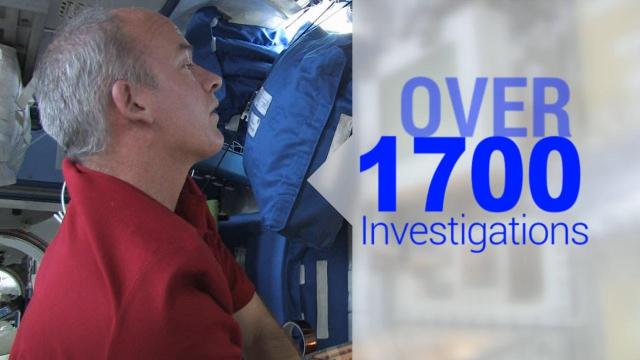Outer Space & Universe
Outer Space & Universe
Space, also known as outer space, is the near-vacuum between celestial bodies. It is where everything (all of the planets, stars, galaxies and other objects) is found.
On Earth, space begins at the Kármán line (100 km above sea level). This is where Earth's atmosphere is said to stop and outer space begins. This is not a firm boundary but is a convention used by scientists and diplomats.
Items in space are free to move back and forth; up and down; and left and right. These three dimensions are what make 3D space. Items also move forward through time, which is sometimes called the fourth dimension.
The majority of space contains very little matter and so most of it is a vacuum. Scientists do not know how big space is but we do know that space is extremely big, and is always expanding.
According to the big bang theory, all matter and energy in the Universe was compressed into a very small space. Then it exploded and started expanding. Space is still growing in size today; this means the distance from one galaxy to distant galaxies is getting longer.
Gravity is the force that keeps the Moon in orbit around the Earth and the planets in orbit around the Sun. Gravity can stretch and bend space similar to how a heavy ball placed on a stretched sheet of rubber will cause the rubber to stretch. The scientist who discovered that space can bend is named Albert Einstein. How gravity bends space is part of his theory of general relativity.
Astronauts, Cosmonauts, Taikonauts and Spationauts
An astronaut is any person who is trained by NASA to travel and perform tasks in space. Although the space traveler may not necessarily be a United States citizen, each astronaut does go through a rigorous training regiment by the National Aeronautics and Space Administration. Other space travelers go by other names then astronaut depending on their country of origin.
In the United States, astronaut is derived from the Greek words ástron (star) and nautis (sailor). While, in Russia, a space traveler goes by the name космонавт (English: cosmonaut), which is derived from the Greek words kosmos (universe) and nautis (sailor). Westerners call a space traveler from China a taikonaut, based on the 1998 writings of Chiew Lee Yik and Chen Lan where the term tàikōng (great emptiness), Chinese for “space”. In China, the term yuháng yuán (universe navigator) is used for space traveler.
Only the United States of America (United States), Russia (earlier, the Union of Soviet Socialist Republics), and the People’s Republic of China (China) have sent manned spacecraft into space. Other countries have assisted these countries by sending their own space travelers on space missions. For instance, a French space traveler is called a spationaut (from the French word spationaute), which is derived from the Latin spatium (space) and Greek nautis (sailor). (plural in Greek nautes = sailors)
-
03:49
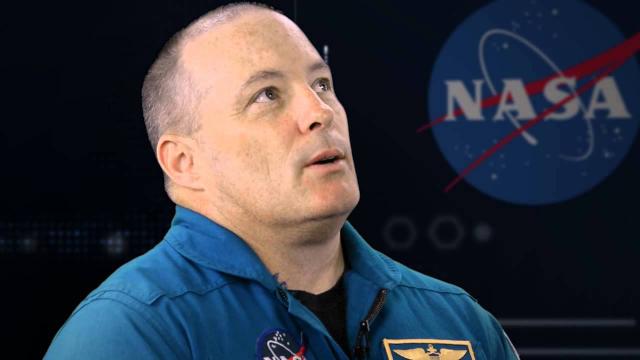
Astronaut at a Glance: Scott Tingle
Added 717 Views / 0 LikesAstronaut at a Glance: Scott Tingle
-
00:50
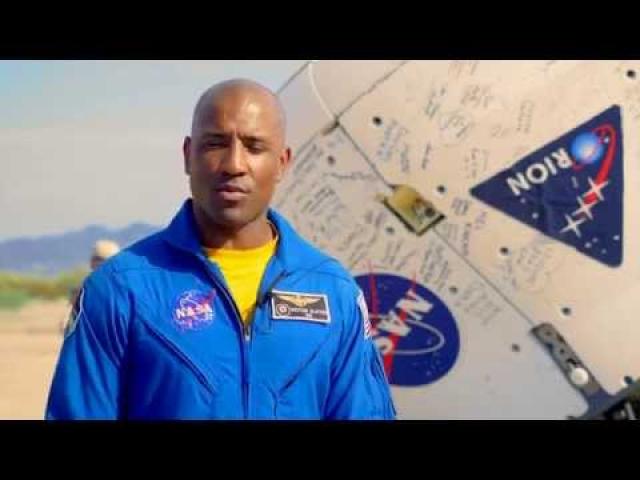
Orion Backstage with Astronaut Vic Glover
Added 773 Views / 0 LikesOrion Backstage with Astronaut Vic Glover
-
03:06
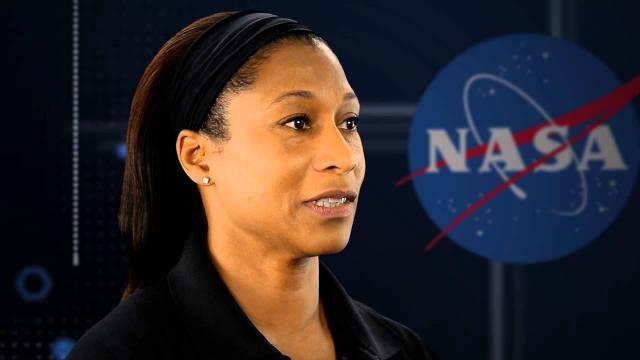
Astronaut at a Glance: Jeanette Epps
Added 653 Views / 0 LikesAstronaut at a Glance: Jeanette Epps
-
04:59
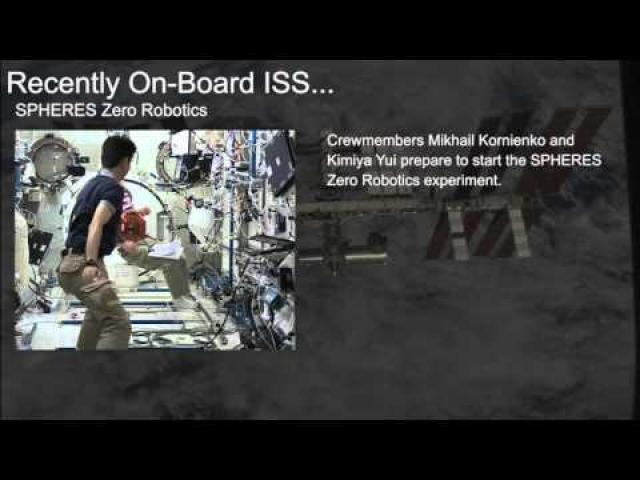
Monthly ISS Research Video Update for August 2015
Added 663 Views / 0 LikesMonthly ISS Research Video Update for August 2015
-
06:08
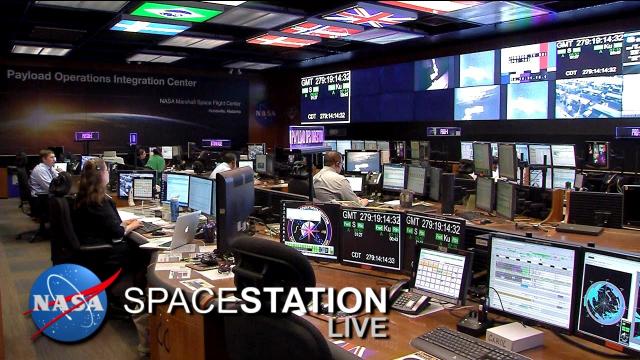
Space Station Live : Halfway Mark - One-Year Payloads
Added 680 Views / 0 LikesSpace Station Live : Halfway Mark - One-Year Payloads
-
08:00
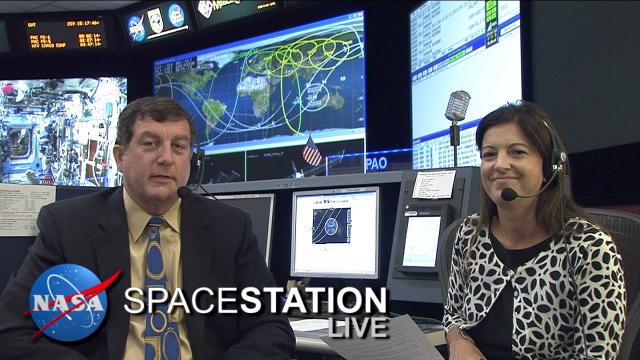
Space Station Live Interview : ISS Program Manager Kirk Shireman
Added 685 Views / 0 LikesSpace Station Live Interview : ISS Program Manager Kirk Shireman
-
10:56
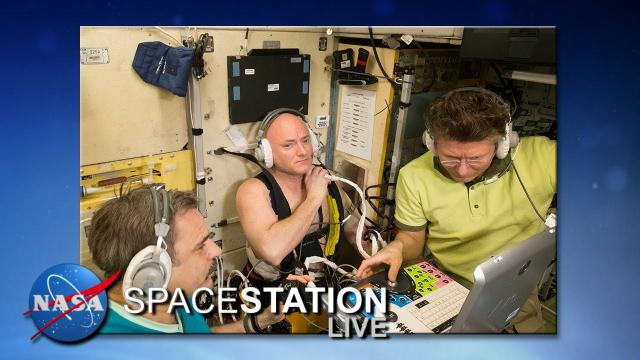
Space Station Live : Halfway Mark - Human Research
Added 796 Views / 0 LikesSpace Station Live : Halfway Mark - Human Research
-
02:06
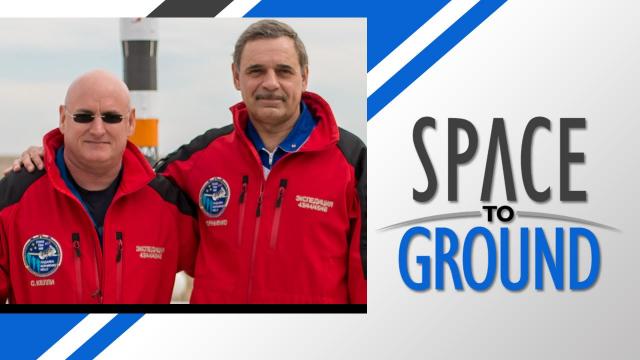
Space to Ground: Halfway There: 9/18/2015
Added 758 Views / 0 LikesSpace to Ground: Halfway There: 9/18/2015
-
05:32
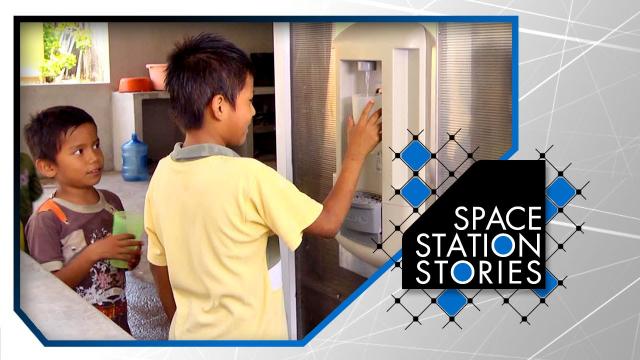
Space Station Stories: Fruits of our Labor
Added 724 Views / 0 LikesSpace Station Stories: Fruits of our Labor
-
02:19
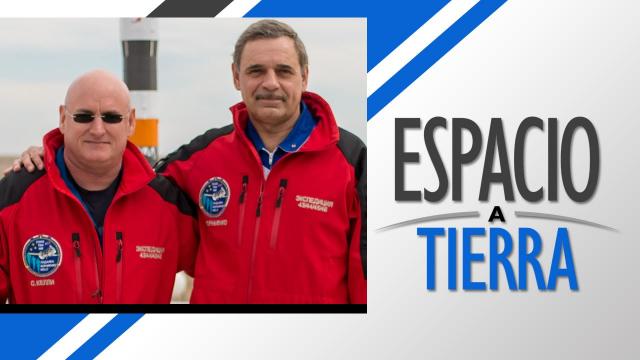
Espacio a Tierra - 21 de Septiembre, 2015
Added 423 Views / 0 LikesEspacio a Tierra - 21 de Septiembre, 2015
-
00:58
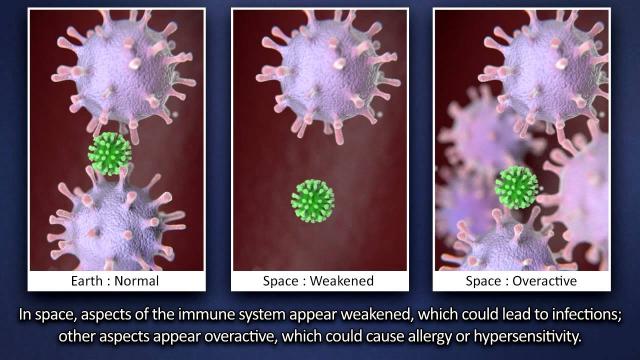
How the Human Body’s Immune System Responds in Microgravity
Added 734 Views / 0 LikesHow the Human Body’s Immune System Responds in Microgravity
-
10:00
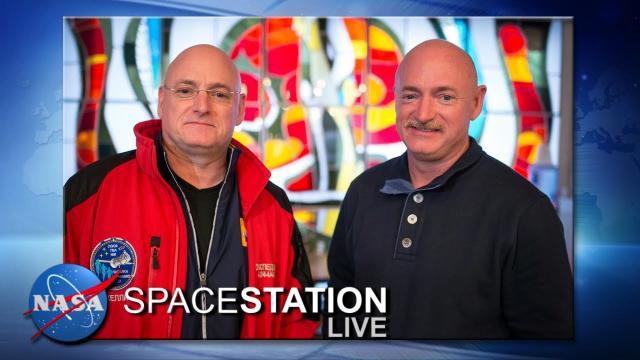
Space Station Live: Astro-omics in Space
Added 447 Views / 0 LikesSpace Station Live: Astro-omics in Space
-
05:09
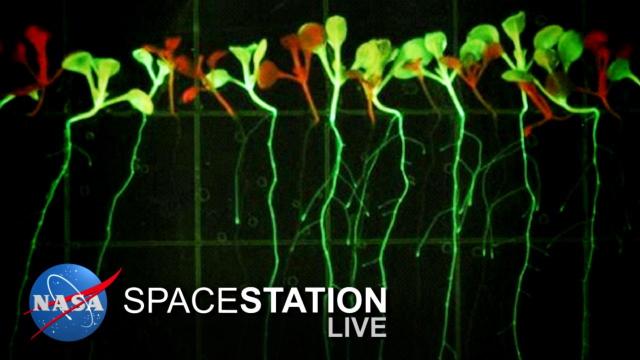
Space Station Live: Cultivating Plant Growth in Space
Added 718 Views / 0 LikesSpace Station Live: Cultivating Plant Growth in Space
-
01:17
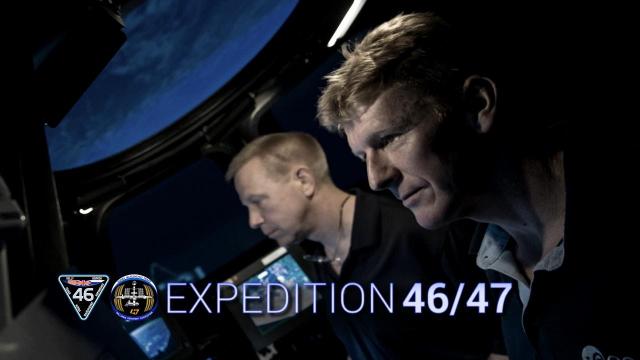
Expedition 46/ 47 scheduled for December launch
Added 362 Views / 0 LikesExpedition 46/ 47 scheduled for December launch
-
01:28
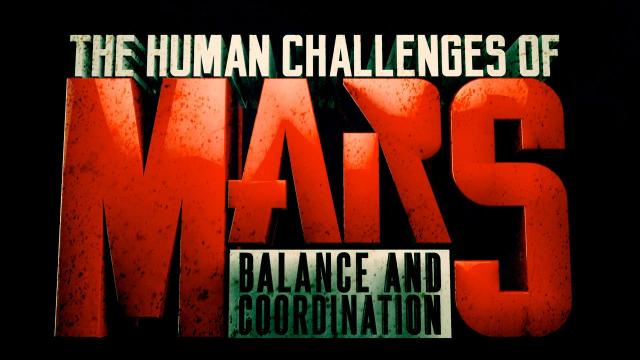
The Human Challenges of Mars: Balance and Coordination
Added 625 Views / 0 LikesThe Human Challenges of Mars: Balance and Coordination
-
02:29
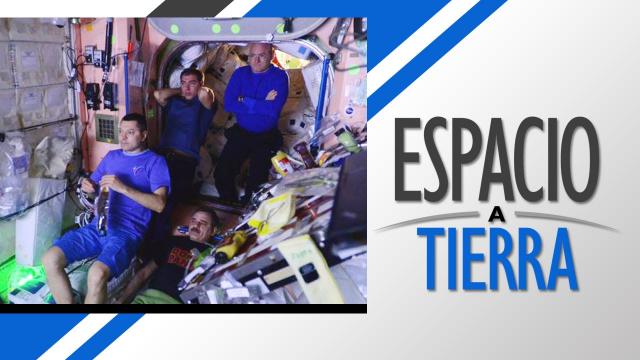
Espacio a Tierra - 28 de septiembre, 2015
Added 398 Views / 0 LikesEspacio a Tierra - 28 de septiembre, 2015
-
01:56
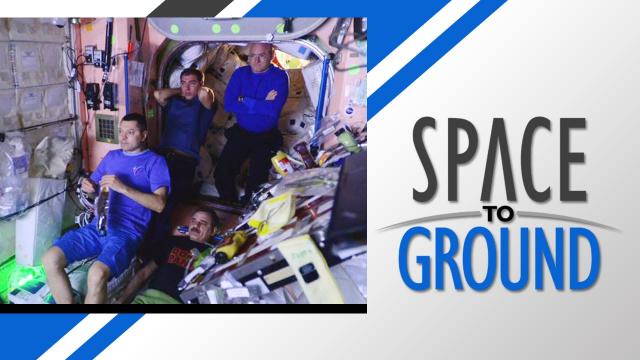
Space to Ground: Movie Night: 9/25/2015
Added 565 Views / 0 LikesSpace to Ground: Movie Night: 9/25/2015
-
02:55
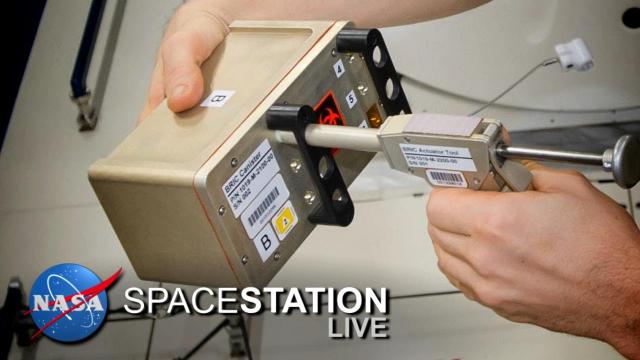
Space Station Live: Space Plants in a BRIC
Added 562 Views / 0 LikesSpace Station Live: Space Plants in a BRIC
-
01:06
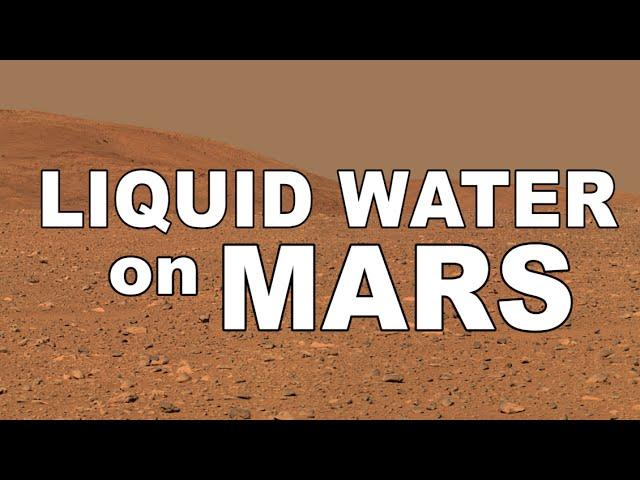
What Makes Liquid Water on Mars Possible?
Added 715 Views / 0 LikesWhat Makes Liquid Water on Mars Possible?

